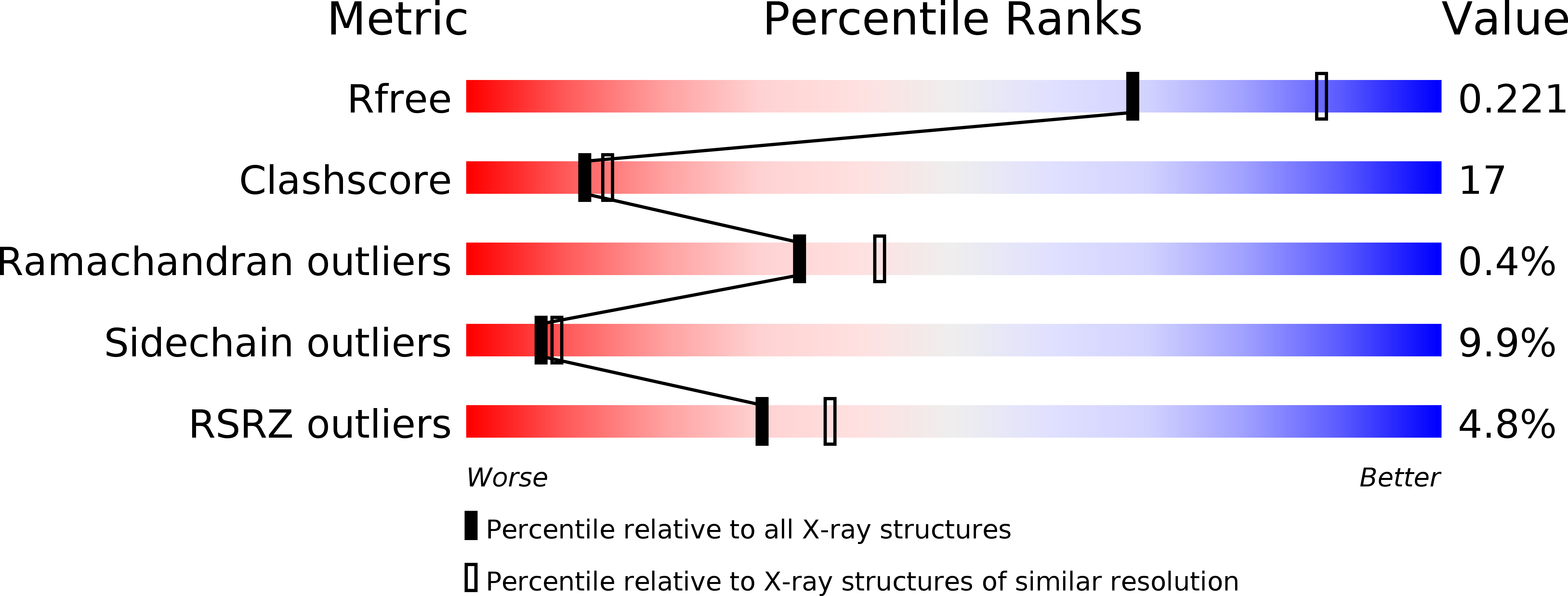
Deposition Date
2002-06-28
Release Date
2003-02-11
Last Version Date
2024-12-25
Entry Detail
PDB ID:
1IXO
Keywords:
Title:
Enzyme-analogue substrate complex of Pyridoxine 5'-Phosphate Synthase
Biological Source:
Source Organism:
Escherichia coli (Taxon ID: 562)
Host Organism:
Method Details:
Experimental Method:
Resolution:
2.30 Å
R-Value Free:
0.26
R-Value Work:
0.22
R-Value Observed:
0.22
Space Group:
C 2 2 21


